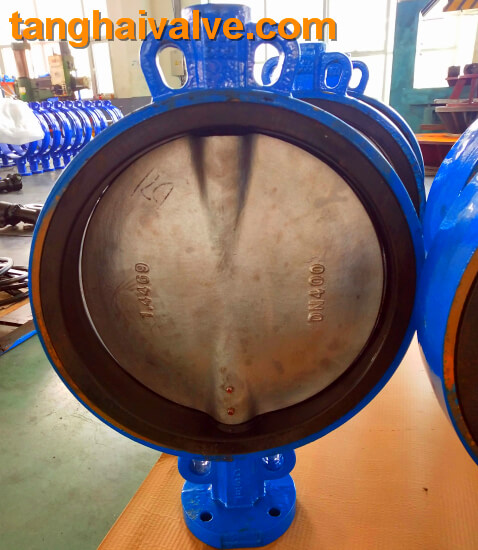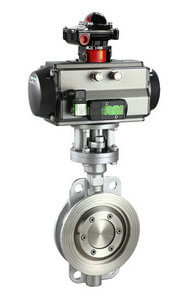electric hard seal butterfly valve vs electric soft seal butterfly valve
The difference between electric hard seal butterfly valve and electric soft seal butterfly valve
With the rapid development of many industrial fields in our country, industrial automation has gradually replaced the manual operating system, especially the use of various automatic control valves. With its unique structural

wafer type butterfly valve, EPDM seat (10)
characteristics, electric butterfly valves have become one of the most used valve types. First, the scope of application is also the most extensive. However, in different working conditions, it is particularly important to choose different electric butterfly valves, not to waste costs, and to save resources. From the valve sealing structure, electric butterfly valves can be divided into two categories: soft seal and hard seal. What is the difference between them? Which one has more advantages? How should we distinguish between them?
The difference between the electric hard-sealed butterfly valve and the electric soft-sealed butterfly valve is mainly reflected in the performance and structure. The two seals can complement each other. Both have advantages and disadvantages. The advantage of one side may be the disadvantage of the other. When choosing, you should analyze your own needs, working conditions, etc., and choose the right product.
The main differences are as follows:
1. From the structure: the electric soft sealing butterfly valve is mostly in the middle line structure, and the sealing material is generally fluorine plastic, rubber, resin, etc., which has good corrosion resistance and sealing. Choose different parts and materials, which can be suitable for use. In a variety of media. Electric hard-sealed butterfly valves are mostly single-eccentric, double-eccentric and triple-eccentric butterfly valves. The seals are mostly stainless steel + cemented carbide. Among them, the three-eccentric butterfly valve has no friction transmission between the sealing surfaces, and has the characteristics of high temperature resistance, wear resistance, and good mechanical properties.

D673H-16C-stainless steel pneumatic triple eccentric butterfly valve
2. Temperature resistance: soft seal is used in normal temperature environment, hard seal can be used in low temperature, normal temperature, high temperature and other environments;
3. In terms of pressure: soft seal low pressure-normal pressure, hard seal can also be used in working conditions such as medium and high pressure;
4. Sealing performance: The soft sealing butterfly valve has better sealing performance and can reach zero leakage. The disadvantage is that it is easy to age, wear, and has a short service life. The hard-sealed butterfly valve can maintain good operation under high pressure and high temperature, is relatively resistant to wear, has good mechanical properties, and has a long service life, but the sealing performance is poor!
When the electric butterfly valve is opened and closed, it not only saves effort, but also has low flow resistance. It is convenient and quick to operate, light in weight, small in size, and has a relatively simple structure. Customers can choose a soft-seal or hard-seal butterfly valve reasonably according to economic conditions, the conditions of the medium used, and the on-site environment.
TH Valve is a professional manufacturer of butterfly valve, gate valve, check valve, globe valve, knife gate valve, ball valve with API, JIS, DIN standard, used in Oil, Gas, Marine industry, Water supply and drainage, fire fighting, shipbuilding, water treatment and other systems, with Nominal Diameter of DN50 to DN1200, NBR/EPDM/VITON, Certificates & Approvals: DNV-GL, Lloyds, DNV, BV, API, ABS, CCS. Standards: EN 593, API609, API6D
Related news/knowledge:
Valve seal (ring) material usage range comparison table;
Ball valve model preparation method/code name establishment;
Vulcanized vs soft seated/back-up butterfly valve;
Main application areas of 10 major types of valves



 © Copyright 2020 Tianjin Tanghaidongyang Valve Co., Ltd. All Rights Reserved.
© Copyright 2020 Tianjin Tanghaidongyang Valve Co., Ltd. All Rights Reserved.